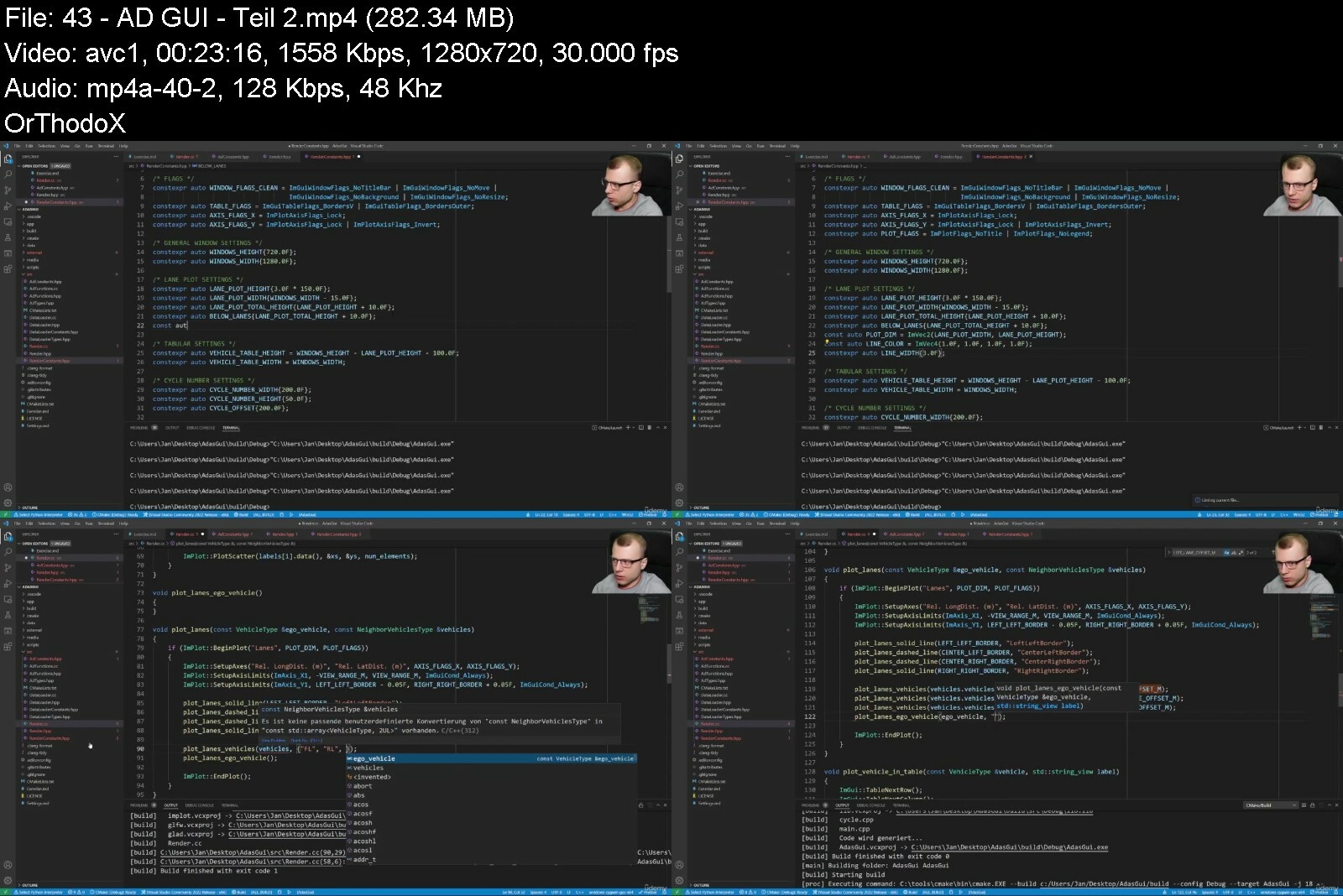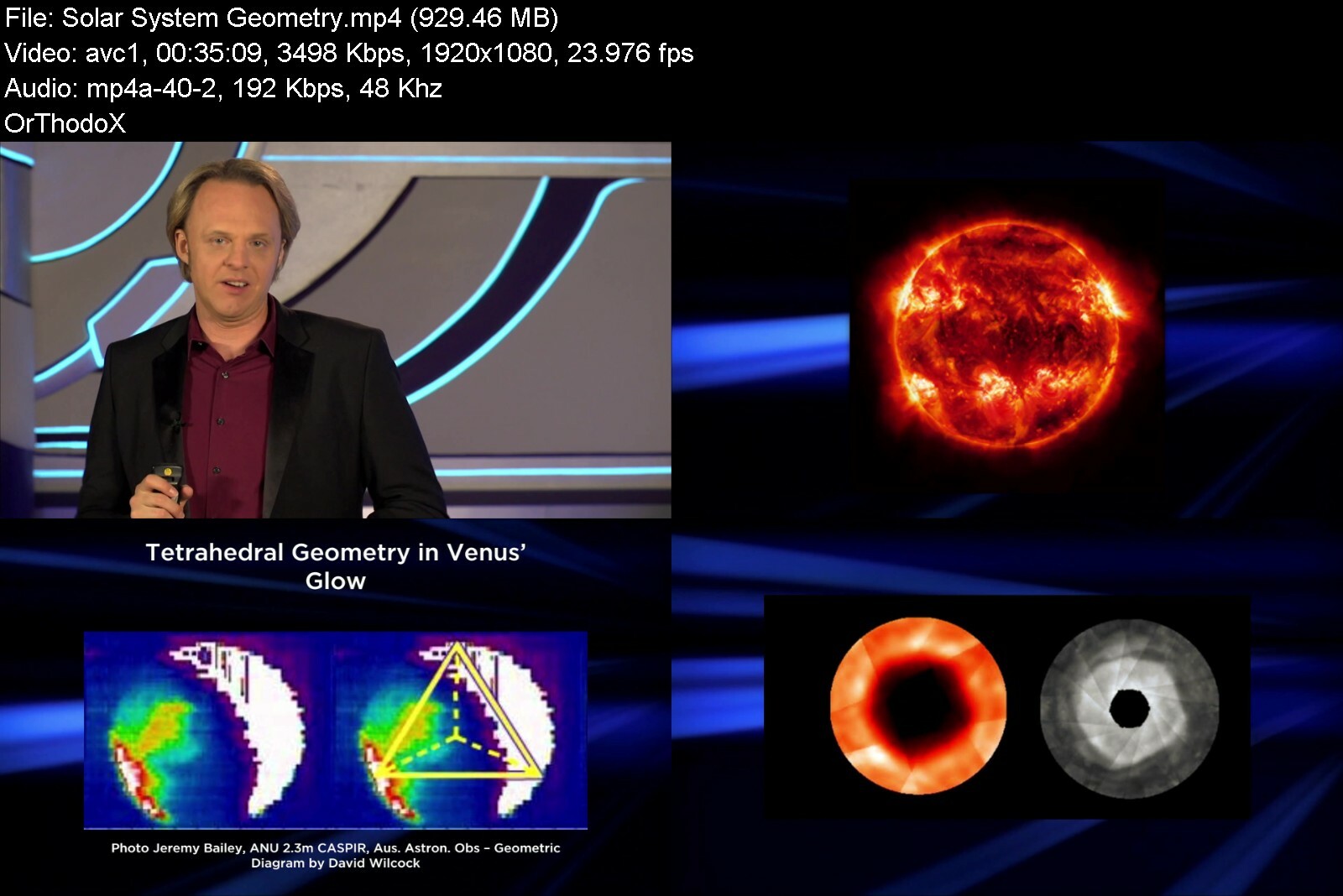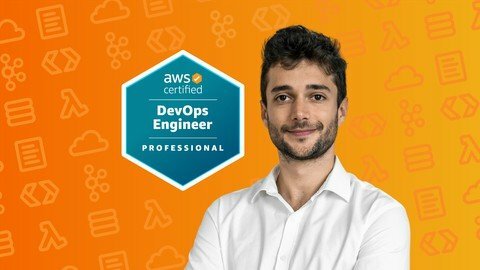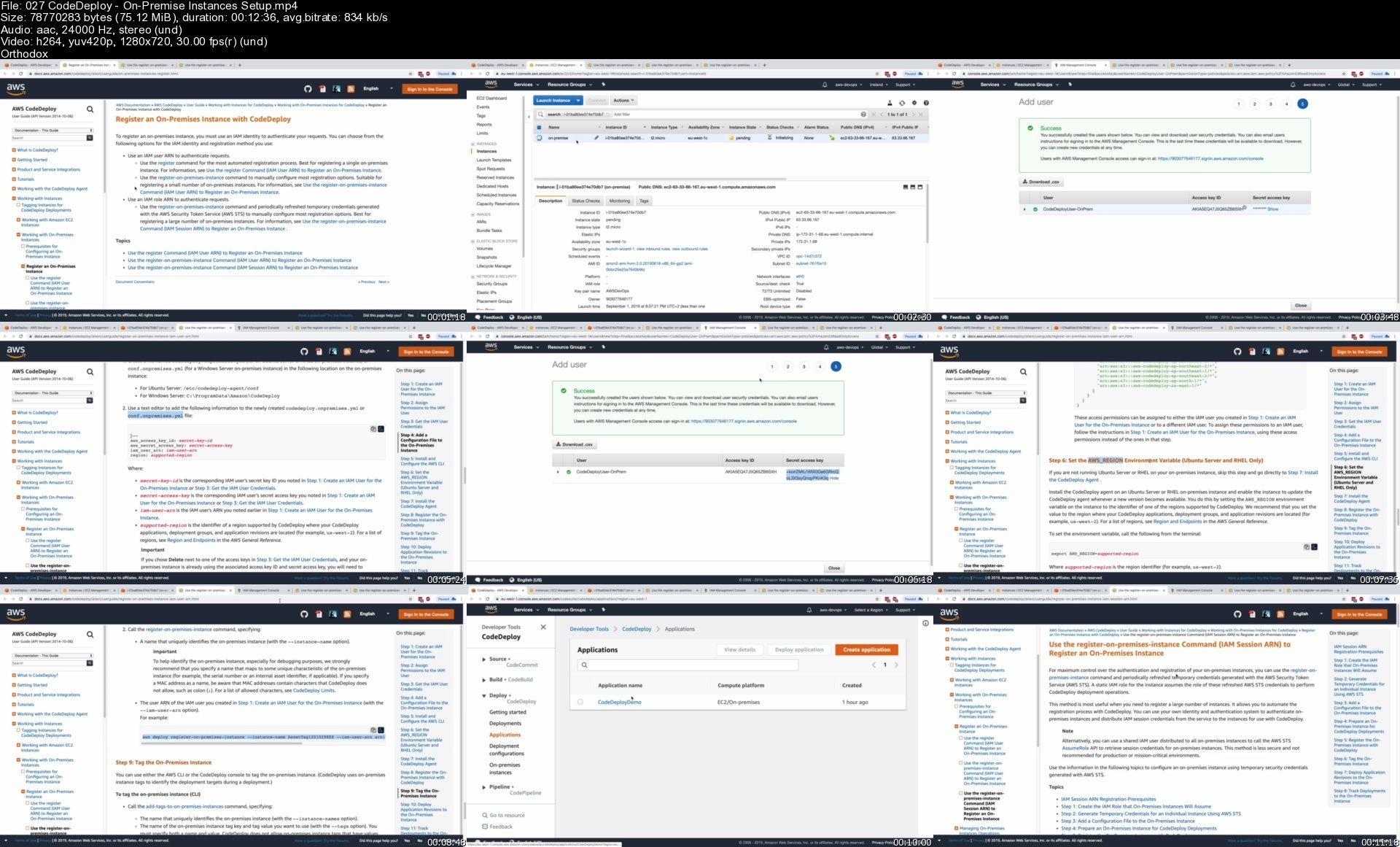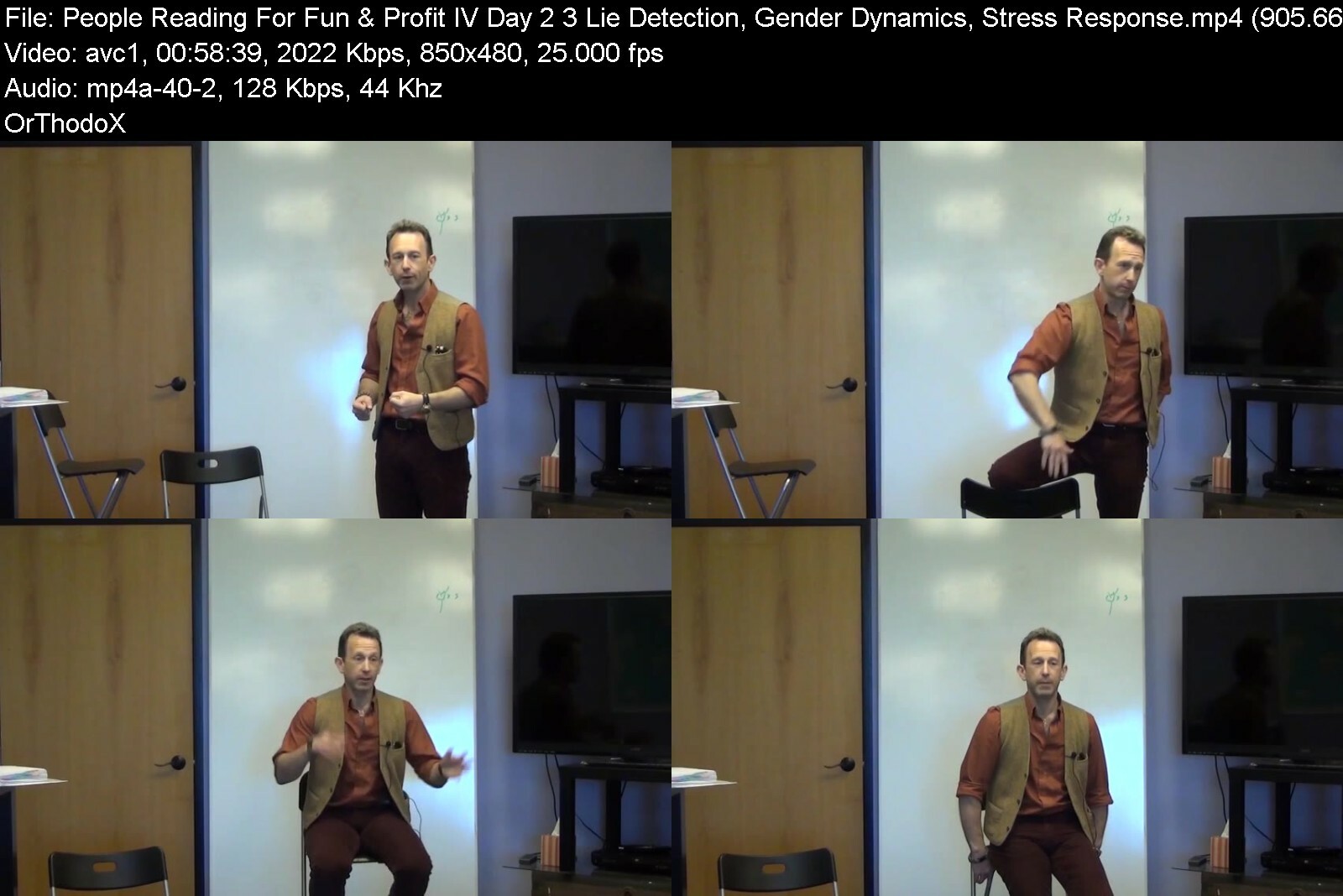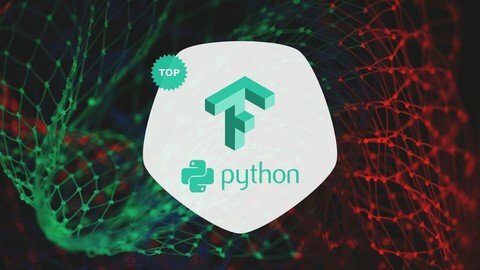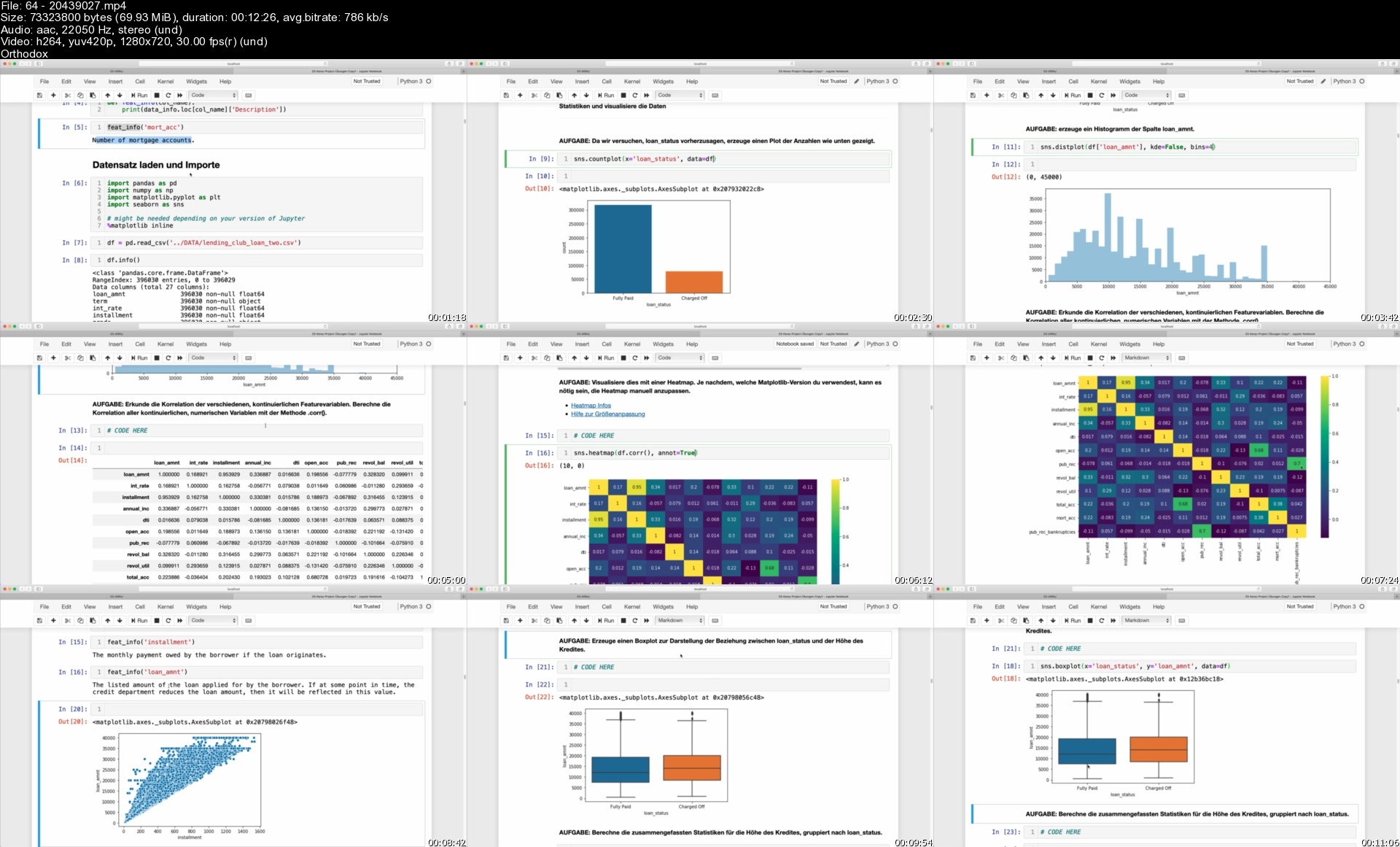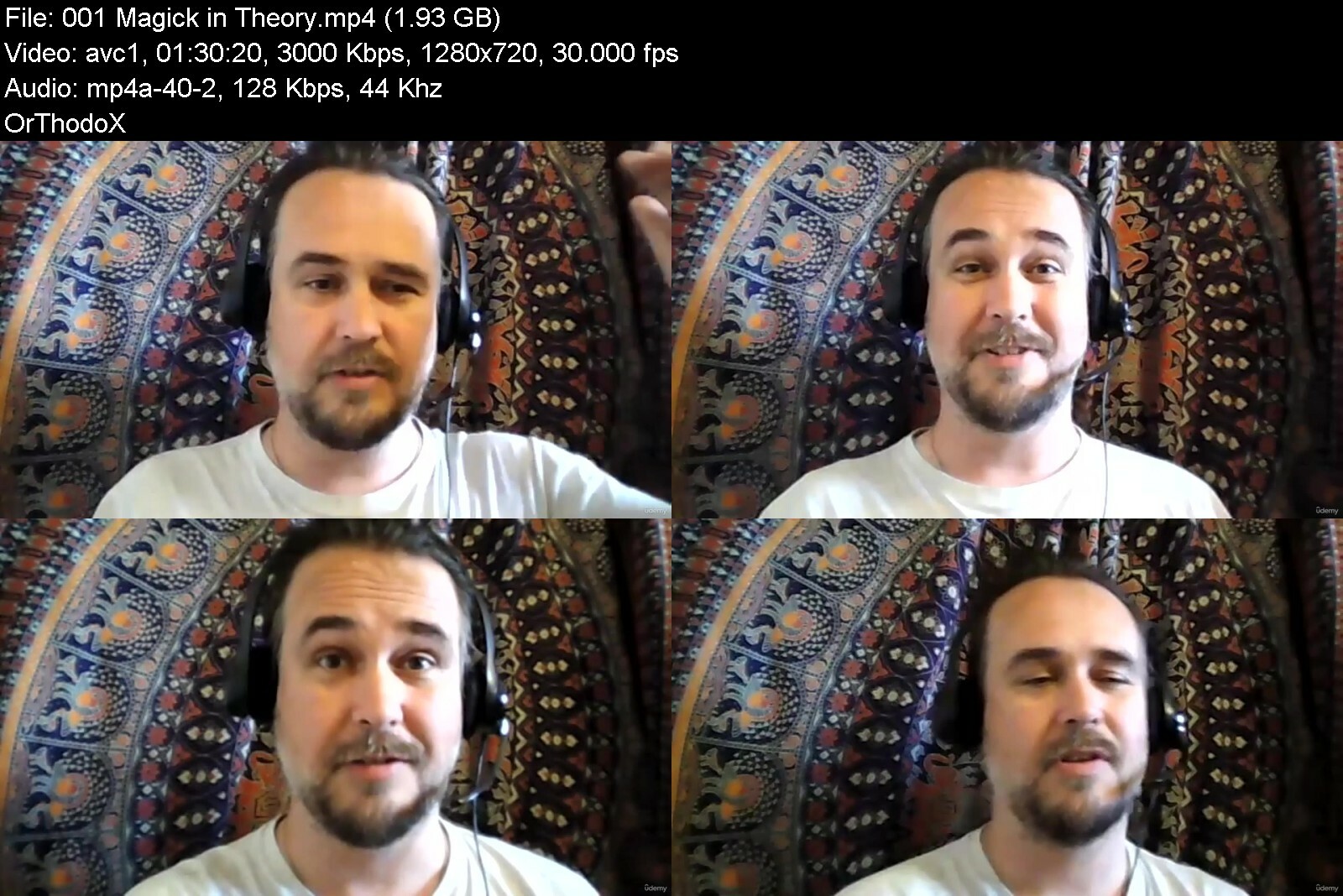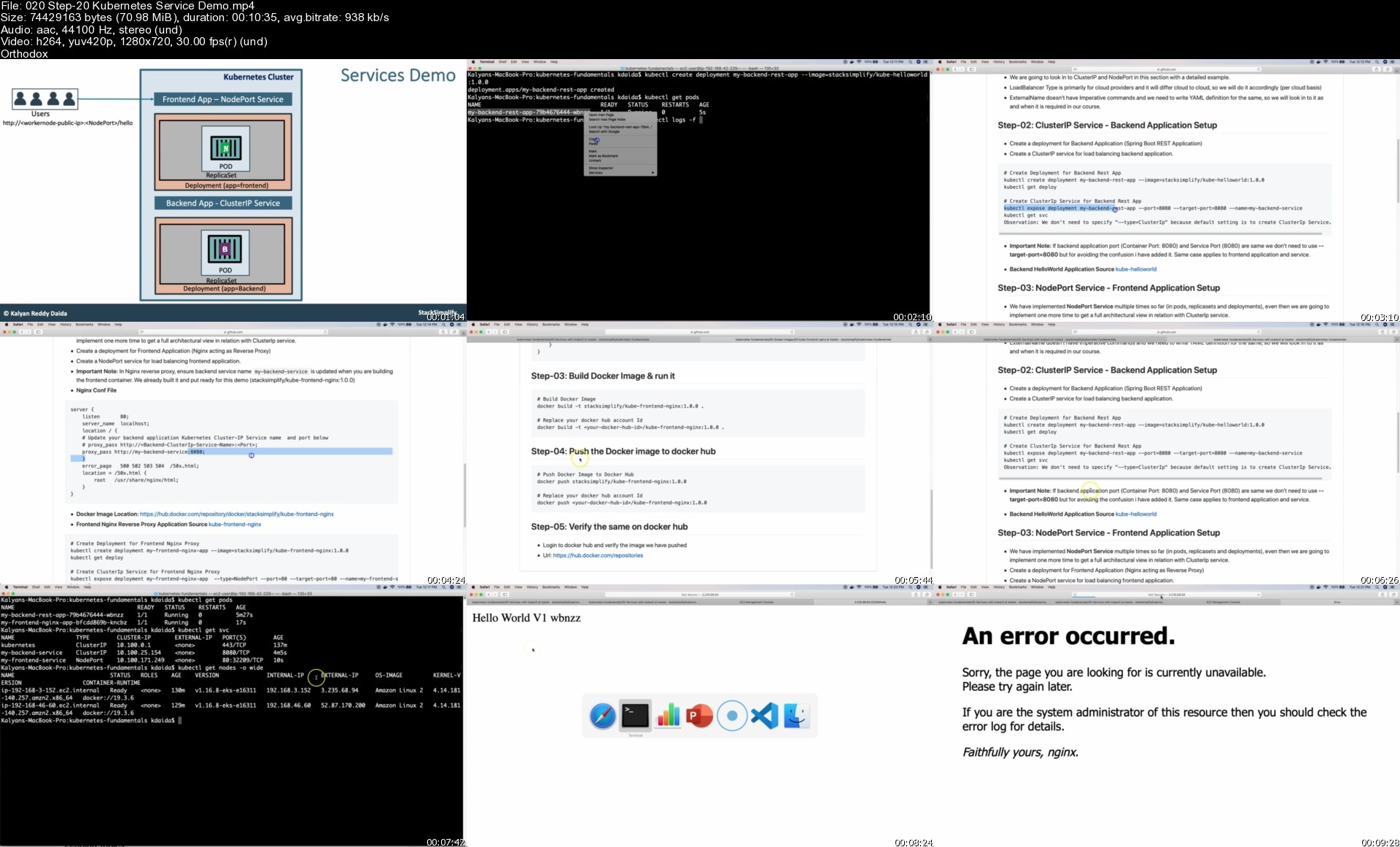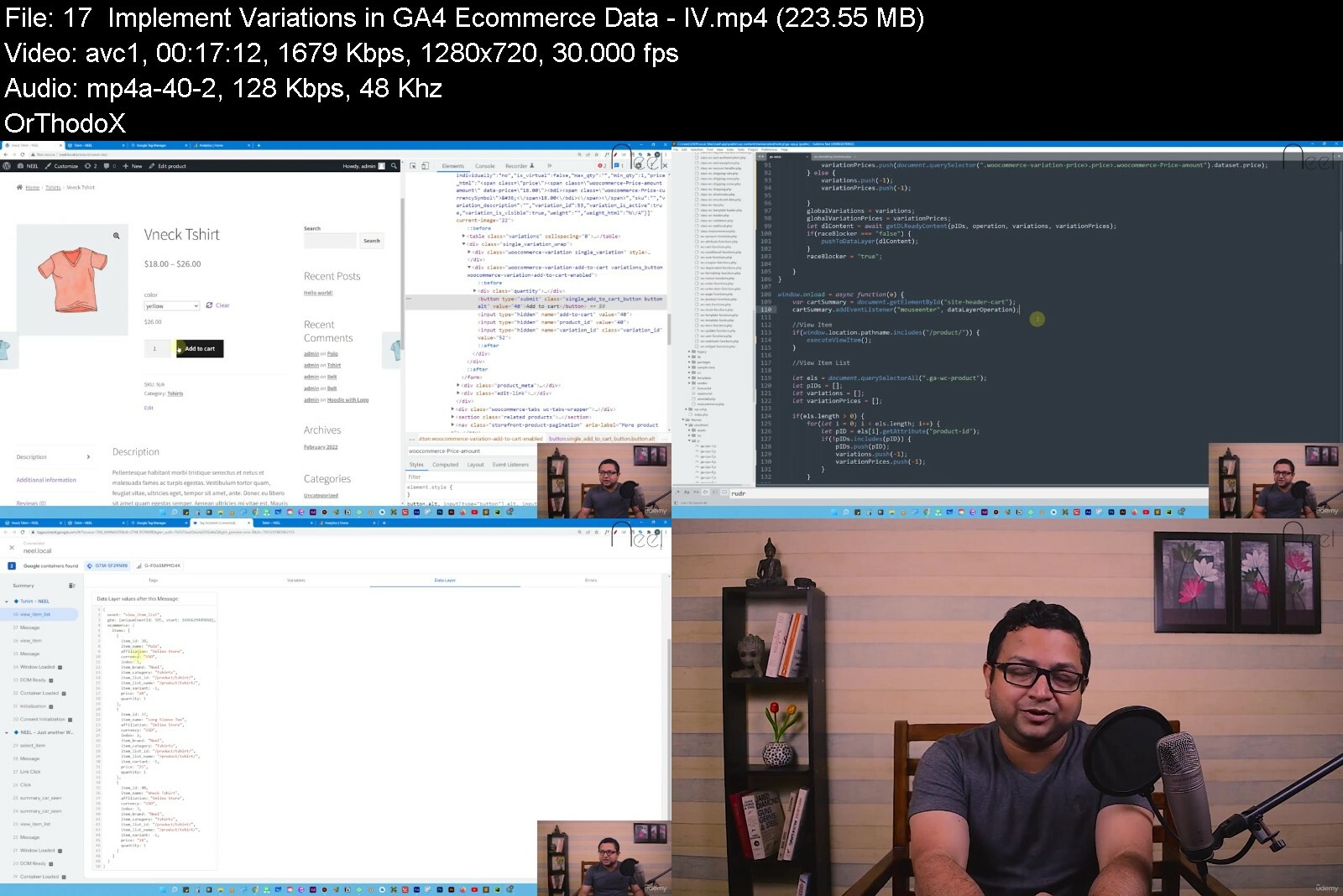Build Solutions with Power Apps, Power Automate & SharePoint
Build Solutions with Power Apps, Power Automate & SharePoint
Published 05/2022
MP4 | Video: h264, 1280x720 | Audio: AAC, 44.1 KHz, 2 Ch
Genre: eLearning | Language: English + srt | Duration: 235 lectures (22h 4m) | Size: 8.7 GB
Create enterprise applications with the Power Platform (PowerApps, Power Automate, and SharePoint), and master PL-900
What you'll learn
Create enterprise grade applications and solutions using the Power Platform
Learn and master Power Apps, Power Automate, and SharePoint
Learn how to transfer data and interact between Power Apps, Power Automate, and SharePoint
Connect Power Platform to third party applications and services using connectors, HTTP requests, and APIs
Create user interface integrations, such as chatbots or phone applications
Become a Power Platform champion
Learn how to use the solution formula to create any solution and application
Create a complete end-to-end Uber-like application
Take Dynamics 365 to the next level
Get the PL-900 certification
Requirements
This course goes starts from the beginner level, so no prerequisites are required. Come hungry to learn!
Familiarity with Microsoft applications (Word, Excel, Outlook) is desired but not required
Familiarity with Office 365 applications (Power Automate, Power Apps, SharePoint) is desired but not required
Willingness to learn
Computer with web browser and internet
Description
Do you know Power Apps but want to extend your knowledge and integrate other Power Platform features (Power Automate and SharePoint), including with PL-900?
Do you want to build full enterprise solutions and applications for your organization and don't know where to start? Do you want to upgrade from using Dynamics 365 to Power Platform?
Do you know to know how to interact and transfer data between Power Platform applications, like Power Apps, Power Automate, SharePoint?
Do you want to learn PowerApps, Power Automate, SharePoint in one integrated course, and help master PL-900?
This is the course for you. Learn from more than 20 hours of relevant instructional video content, with the only course that will teach you how to use Power Apps, Power Automate, and SharePoint (Power Platform) to create a full solution beginner to end. We leverage the Power Platform to its full potential, and surpass Dynamics 365.
First you will learn the basics of Power Apps, Power Automate, and SharePoint (Power Platform). Then, you will learn how to interact and transfer data between these platforms, and how to communicate with third party applications and user interfaces using HTTP requests and APIs. Finally, we will put our knowledge together and create a full end-to-end real-life enterprise application.
In this course, we will rely on the solution formula: Full solution = User Interface (PowerApps) + Workflows (Power Automate) + Data (SharePoint)
This is the only complete guide to building enterprise solutions using Microsoft's framework - you won't need another course. This course is not only comprehensive (it covers everything you need to know right from the start / beginner level) but is also instructional in nature, meaning that as we learn new concepts, we are also integrating them in our solution. Don't just learn concepts, learn how to actually apply them. That also means that whether you are a beginner or expert, there's something for you in this course.
This course is also for those students who know either PowerApps, Power Automate, and SharePoint, but want to take their solutions to the next level by integrating all three platforms together. Students in this course will be experts at the Power Platform. Students can also take this course for the PL-900 certification, and to go beyond Dynamics 365.
Again, we also go through a full solution at the end of the course, where you build and deploy a real-life enterprise application with the Power Platform (PowerApps, Power Automate, and SharePoint).
What is this course all about?
In this course, we learn about Power Apps, Power Automate, and SharePoint and take these platforms to the next level by building complete applications and solutions. We learn how data and information is transferred between these three platforms, and how you can extend these platforms through third party and user interface integrations. We discuss how you deploy, monitor, and improve your application and solution. Finally, we take all that we learn, and build a full complete application from start to finish.
This is the course if you want to build a complete enterprise application, and want to use the solution formula and the Power Platform to do it.
What is the solution formula?
The solution formula is the three elements you need to create full applications and solutions for your organization. You need
User Interface (Power Apps)
Workflow system (Power Automate)
Data storage (SharePoint)
What in Power Apps, Power Automate, and SharePoint?
Microsoft Power Apps - PowerApps is Microsoft's platform to build fully functional and cross-platform applications with little to no code. Think of PowerApps as Microsoft Word, but instead of building documents you are building real-life applications.
Microsoft Power Automate - Power Automate is a platform to automate any and all tasks. You can streamline anything, including your emails, calendars, and business processes. Users have seen more than a 15% increase in productivity after using Power Automate for only a week!
Microsoft SharePoint - SharePoint is a platform that organizations use to create internal websites (called team sites) that empower teamwork and improve collaboration. SharePoint allows organizations to seamlessly organize, share, manage, and access content and knowledge across their businesses.
Why learn Power Apps, Power Automate, and SharePoint to build solutions and applications?
Microsoft ecosystem - these platforms are similar to other Microsoft applications. They use the same ribbon and design functionality like commonly used tools, such as Word, Excel, and Power Point. They also interact and integrate well with each other, because they are part of Microsoft's Power Platform.
Easy to use (no-code platform) - No coding necessary or even required. Similar to other Microsoft applications, these platforms are a drag-and-drop system which makes things easy, and has an amazing user-friendly interface. The most complex code you will write are Excel-like formulas and functions.
Connectors - Microsoft has built thousands of connectors for these platforms to extend them outside the Power Platform environment. For example, your application and solution can interact with Outlook, Gmail, Trello, Twitter, Airtable, Zapier, and so much more.
Full control and customization - these platforms give you full control in what you want to create (PowerApps), what tasks you want to automate (Power Automate), and what data you want to store (SharePoint). All Power Platforms are built with customization in mind.
Powerful reach and scaling - these platforms are used in self-employed organizations and for individual employees, all the way to large 100,000+ employee corporations and organizations.
Extensions - If Microsoft does not already have a connector, these platforms have HTTP requests and API tools, enabling you to connect your application and solution to any other platform, even if it's proprietary.
Why choose this course?
Complete guide - this is the 100% start to finish, zero to hero, basic to advanced guide on building full solutions and applications using Power Apps, Power Automate, and SharePoint. It also goes through crash courses on each platform. There is no other course like it that teaches you everything from start to finish. It contains over 20 hours of instructional content!
Solution formula - we cover the solution and application formula in detail. This theory tells us that in order to build an application, we need to create a user interface (Microsoft Power Apps), a workflow management system (Microsoft Power Automate), and a database (Microsoft SharePoint). We also needs to learn how information and data is transferred between these applications.
Structured to succeed - this course is structured to help you succeed. We first go through a crash course on PowerApps, Power Automate, and SharePoint so that everyone is on the same footing, and then we discuss how to create cross platform interactions, and third party integrations. We then create a full complete end-to-end solution and applications for our company, Dog Walkers United.
Fully instructional - we not only go through important concepts, but also apply them as we are building our application so that we can solidify them. This is not only a walkthrough of the all the features and theoretical concepts, but a course that actually builds applications with you. This also helps with PL-900.
Step by step - we go through every single concept in a sequential order (from learning about the platforms independently, to seeing how they connect together, and then to create a complete end-to-end solution). This improves your probabilities of learning these platforms to build solutions rather than going haphazardly through each feature.
Learn to learn - during the latter parts of the course, we go through situations where we encounter new features or errors, and work through how we would use the documentation to resolve them. In this way, you not only learn about these platforms and how they interact inside and out, but learn how to resolve your own issues as they come up.
Teacher response - if there's anything else you would like to learn, or if there's something you cannot figure out, I'm here for you! Look at the ways to reach out video.
Reference material - follow along! I provide all reference material directly to you so you can follow along in your learning journey. This is also great reference material for PL-900.
Course overview
Introduction - learn what this course is about, solution formula, and how to succeed
SharePoint Crash Course - learn about SharePoint, its features, and how to use it to create Lists
Power Automate Crash Course - learn about Power Automate, its features, and how to automate tasks
Power Apps Crash Course - learn about Power Apps, its features, and how to build user interfaces
Connect Power Apps to SharePoint - forms, validations, custom inputs, galleries, filters, and modals
Connect SharePoint to Power Automate - custom alerts,http requests, notifications, approvals, lookups
Connect Power Automate to Power Apps - transfer data and images, response procedures, concurrent functions
Third party interactions - external input forms, syncing, HTTP requests, REST APIs
User Interface Interactions - chatbots, adaptive cards, apps on your phone
Monitor, Deploy, and Process Improvement - deploy solutions, monitor logs, see errors
Solution Build - Dog Walkers United - build a complete enterprise application for an Uber for Dog Walkers
Conclusion - earn your online certification, and read about next steps
If you want to learn how to create enterprise-grade applications and solutions using the Microsoft Power Platform (Power Apps, Power Automate, and SharePoint), then this is the course for you. We're looking forward to having you in the course and hope you earn the certificate.
Music: Bensound
Who this course is for
Managers and employees who want to build internal applications and solutions for their organization
Managers and employees who want to automate a process or streamline a task
Managers and employees who want to increase efficiency and optimize a process
Anyone who wants to learn how to build enterprise grade applications and solutions using the Power Platform
Anyone who wants to obtain the Power Platform certifications (e.g., PL-100)
Power Platform users who want to take their solution and application building skills to the Expert level
Dynamics 365 users who want to transfer to Power Platform
Homepage
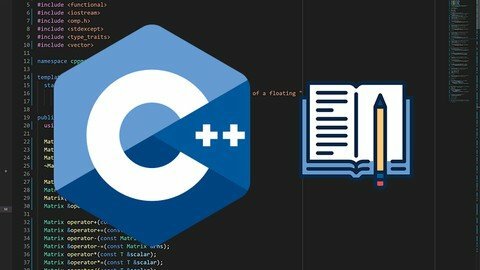
 )
)